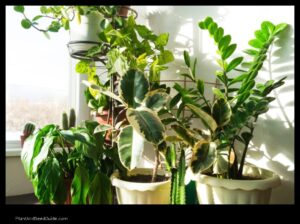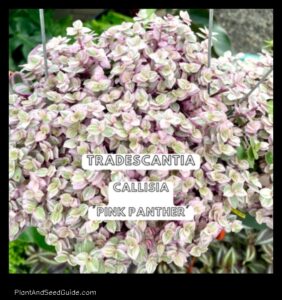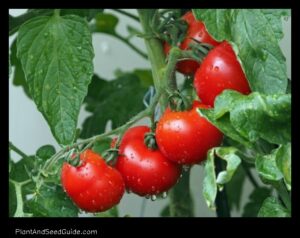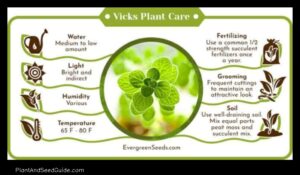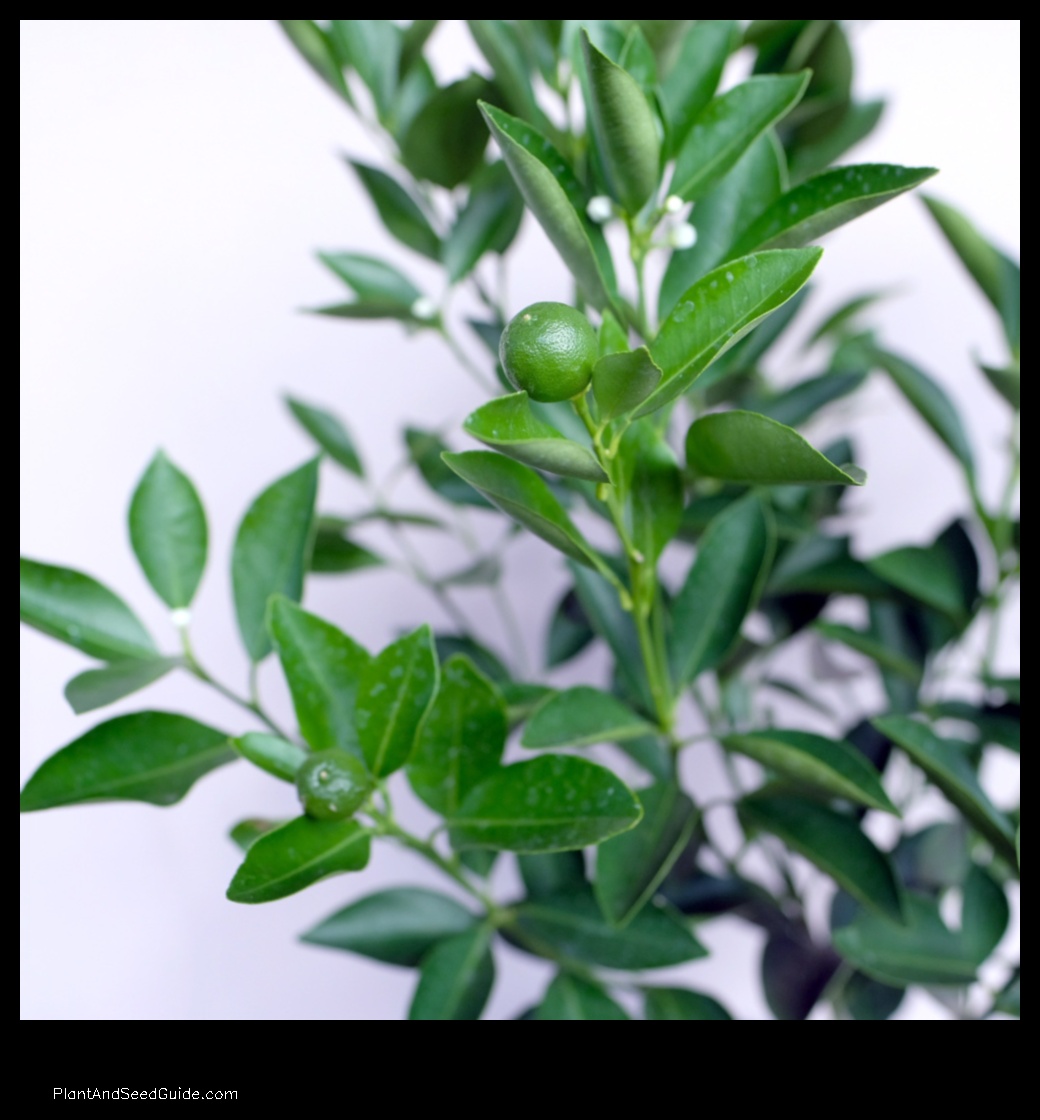
How to Take Care of Calamansi Plant
Calamansi plants are a type of citrus tree that is native to Southeast Asia.
Calamansi plants are relatively easy to grow and care for, but there are a few things you need to know to keep them healthy.They are known for their tart, citrusy flavor and are often used in cooking and beverages..
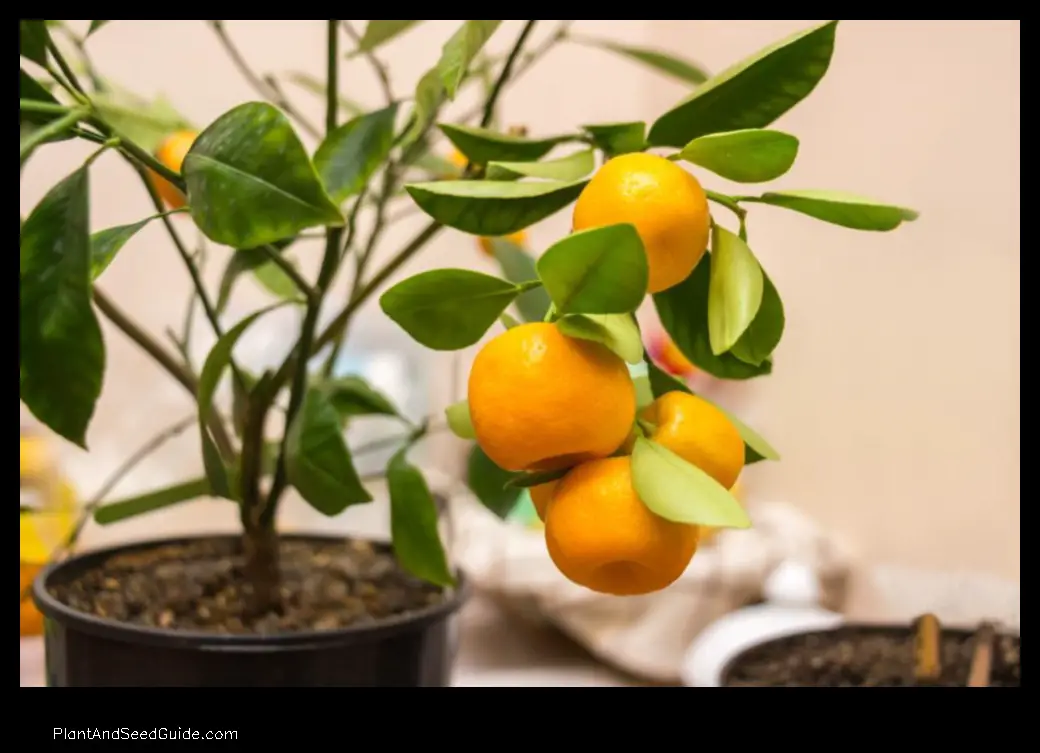
Growing Conditions
Calamansi plants prefer full sun, but they can tolerate some shade. They grow best in well-drained soil that is rich in organic matter. The ideal pH range for calamansi plants is between 5.5 and 6.5.
Calamansi plants are drought tolerant, but they will produce more fruit if they are watered regularly. Water your calamansi plants deeply once a week, or more often if the weather is hot and dry.
Planting
Calamansi plants can be grown from seed or from cuttings. If you are starting from seed, sow the seeds in a well-drained potting mix. The seeds will germinate in about two weeks.
If you are starting from cuttings, take a 6-inch cutting from a healthy, mature plant. Remove the leaves from the bottom half of the cutting and dip the cut end in rooting hormone. Plant the cutting in a well-drained potting mix and keep it moist until it roots.
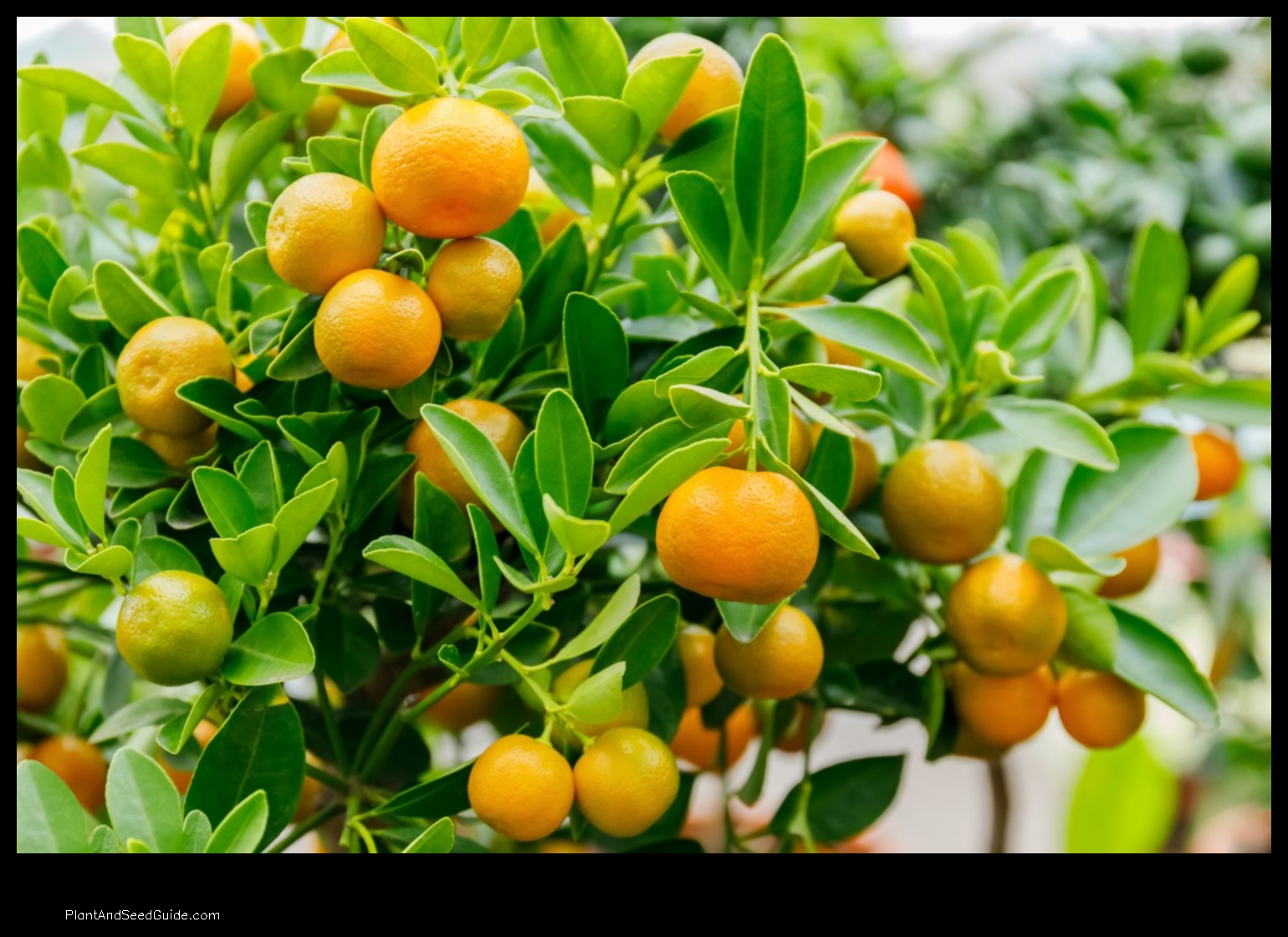
Watering
Calamansi plants need to be watered regularly, but they are drought tolerant. Water your calamansi plants deeply once a week, or more often if the weather is hot and dry.
Fertilizing
Calamansi plants need to be fertilized regularly to produce fruit. Fertilize your calamansi plants with a balanced fertilizer once a month during the growing season.
Pruning
Calamansi plants can be pruned to maintain a desired shape or to remove dead or diseased branches. Prune your calamansi plants in the spring or summer, when the plant is actively growing.
Pests and Diseases
Calamansi plants are susceptible to a variety of pests and diseases, including aphids, mealybugs, scale, and citrus greening disease. To prevent pests and diseases, keep your calamansi plants healthy by watering them regularly, fertilizing them properly, and pruning them as needed. If you do see pests or diseases on your calamansi plants, treat them with an appropriate insecticide or fungicide.
Harvesting
Calamansi fruits are ripe when they are bright yellow and the skin is slightly wrinkled. To harvest calamansi fruits, simply pick them off the tree. The fruits can be eaten fresh, used in cooking, or made into juice.
Storage
Calamansi fruits can be stored at room temperature for a few days, or they can be refrigerated for up to a week. The fruits can also be frozen for longer storage.
FAQ
Q: What are the different varieties of calamansi plants?
A: There are many different varieties of calamansi plants, but some of the most common include the Philippine calamansi, the Indonesian calamansi, and the Malaysian calamansi.
Q: How do I choose the right calamansi plant for my climate?
A: When choosing a calamansi plant, it is important to consider the climate in your area. Calamansi plants are native to Southeast Asia, so they prefer warm, humid climates. If you live in a cold climate, you may need to grow your calamansi plant in a pot and bring it indoors during the winter.
Q: How much fruit will my calamansi plant produce?
A: The number of fruits that your calamansi plant produces will depend on the variety of plant, the climate, and the amount of care that you give the plant. However, most calamansi plants will produce a few dozen fruits each year.
Q: How do I prevent pests and diseases on my calamansi plant?
A: To prevent pests and diseases on your calamansi plant, keep the plant healthy by watering it regularly, fertilizing it properly, and pruning it as needed.
| Topic | Features |
|---|---|
| Calamansi Plant | – Small, evergreen tree |
| Calamansi Care | – Grows best in full sun |
| Calamansi Tree | – Can grow up to 10 feet tall |
| Calamansi Fruit | – Small, round, yellow fruit |
| Calamansi Leaves | – Shiny, green leaves |
IGrowing Conditions
Calamansi plants are native to the Philippines and thrive in warm, humid climates. They can tolerate some drought, but they do best when they are watered regularly. Calamansi plants prefer full sun, but they can tolerate some shade. They can be grown in containers or in the ground.
Planting
Calamansi plants can be grown from seeds or cuttings.
To grow calamansi from seeds, start by soaking the seeds in warm water for 24 hours.
Once the seeds have soaked, plant them in a well-draining potting mix.
Keep the soil moist but not soggy, and place the pot in a warm location with bright indirect light.
Calamansi seedlings should germinate in about 2-4 weeks.
Once the seedlings have developed a few leaves, you can transplant them into individual pots.
To grow calamansi from cuttings, start by taking a 6-8 inch cutting from a healthy plant.
Remove the leaves from the bottom half of the cutting, and dip the end of the cutting in rooting hormone.
Plant the cutting in a well-draining potting mix, and keep the soil moist but not soggy.
Calamansi cuttings should root in about 4-6 weeks.
Watering
Calamansi plants need regular watering, but they should not be overwatered. The best way to determine how much water your calamansi plant needs is to check the soil. The soil should be moist but not wet. If the soil is dry to the touch, it is time to water your plant.
Water your calamansi plant deeply, so that the water reaches the roots. Do not water the leaves of your plant, as this can lead to fungal diseases.
Water your calamansi plant more often during hot weather and less often during cool weather.
Fertilizing
Fertilizing your calamansi plant is important to help it grow and produce fruit.
You can use a balanced fertilizer, such as 10-10-10, or a fertilizer specifically formulated for citrus plants. Follow the directions on the fertilizer label for how much to use and how often to fertilize.The best time to fertilize is in the spring, when the plant is actively growing..
If your calamansi plant is not getting enough nutrients, it may show signs of deficiency, such as yellow leaves or stunted growth. If you suspect that your plant is nutrient deficient, you can test the soil to see what nutrients are lacking. You can also add a slow-release fertilizer to the soil to help your plant get the nutrients it needs.
VPruning
Pruning is an important part of caring for a calamansi plant. It helps to maintain a healthy shape, promote flowering and fruiting, and prevent pests and diseases.
When to prune:
- Prune in late winter or early spring, before new growth begins.
- Prune again in late summer or early fall, after the fruit has been harvested.
How to prune:
- Use sharp, clean pruning shears.
- Prune branches that are crossing or rubbing against each other.
- Prune branches that are damaged or diseased.
- Prune branches to maintain a desired shape.
Pests and diseases:
- Calamansi plants are susceptible to a variety of pests and diseases, including aphids, mealybugs, scale, and whiteflies.
- To prevent pests and diseases, it is important to practice good garden sanitation and to avoid overwatering your plants.
- If you do see pests or diseases on your plants, you can treat them with insecticidal soap or neem oil.
Pests and Diseases
Calamansi plants are susceptible to a variety of pests and diseases, including:
- Aphids
- Whiteflies
- Mealybugs
- Scale insects
- Thrips
- Spider mites
- Leaf spot
- Rust
- Powdery mildew
To prevent pests and diseases, it is important to:
- Grow calamansi plants in a well-drained soil.
- Water the plants regularly, but do not overwater.
- Fertilize the plants regularly with a balanced fertilizer.
- Prune the plants regularly to remove diseased or damaged leaves and branches.
- Inspect the plants regularly for signs of pests and diseases.
- Treat pests and diseases with an appropriate insecticide or fungicide.
If you are unsure how to prevent or treat a particular pest or disease, consult with a qualified horticulturist.
Harvesting
Calamansi fruits are typically ripe when they are yellow and have a slightly soft texture. You can harvest them by gently twisting them off the stem.
Once you have harvested your calamansi fruits, you can store them in the refrigerator for up to two weeks. You can also freeze them for longer storage.
Calamansi fruits can be used in a variety of dishes, including salads, soups, and desserts. They can also be used to make juice, tea, and other beverages.
Storage
Calamansi fruits can be stored for several weeks at room temperature, or for up to a month in the refrigerator. To store calamansi fruits at room temperature, place them in a single layer in a paper bag and store in a cool, dry place. To store calamansi fruits in the refrigerator, place them in a plastic bag and store in the crisper drawer.
Calamansi juice can be stored in the refrigerator for up to two weeks. To store calamansi juice, pour it into a clean glass jar and seal tightly. Store the jar in the refrigerator.
Calamansi zest can be stored in the freezer for up to six months. To store calamansi zest, place it in a small airtight container and freeze.
FAQ
Question 1: What are the different varieties of calamansi plants?
There are many different varieties of calamansi plants, each with its own unique characteristics. Some of the most popular varieties include:
- Citrus microcarpa
- Citrus hystrix
- Citrus macroptera
- Citrus reshni
- Citrus sinensis
Question 2: How do I choose the right variety of calamansi plant for my climate and growing conditions?
When choosing a variety of calamansi plant, it is important to consider your climate and growing conditions.
It is also important to consider the size of the plant, as some varieties can grow quite large.Some varieties are more tolerant of heat and drought than others, while others are more tolerant of cold and frost..
Question 3: How do I care for a calamansi plant?
Calamansi plants are relatively easy to care for, but there are a few things you can do to help them thrive.
- Water your calamansi plant regularly, but do not overwater it.
- Fertilize your calamansi plant once a month with a balanced fertilizer.
- Prune your calamansi plant as needed to keep it healthy and productive.
- Protect your calamansi plant from pests and diseases.
- Wild Rose Country: Exploring Untamed Beauty - July 15, 2024
- Wildflower Nursery Decor: Bringing Nature Indoors - July 15, 2024
- Young Sprout of Grass: Nurturing New Life - July 15, 2024





